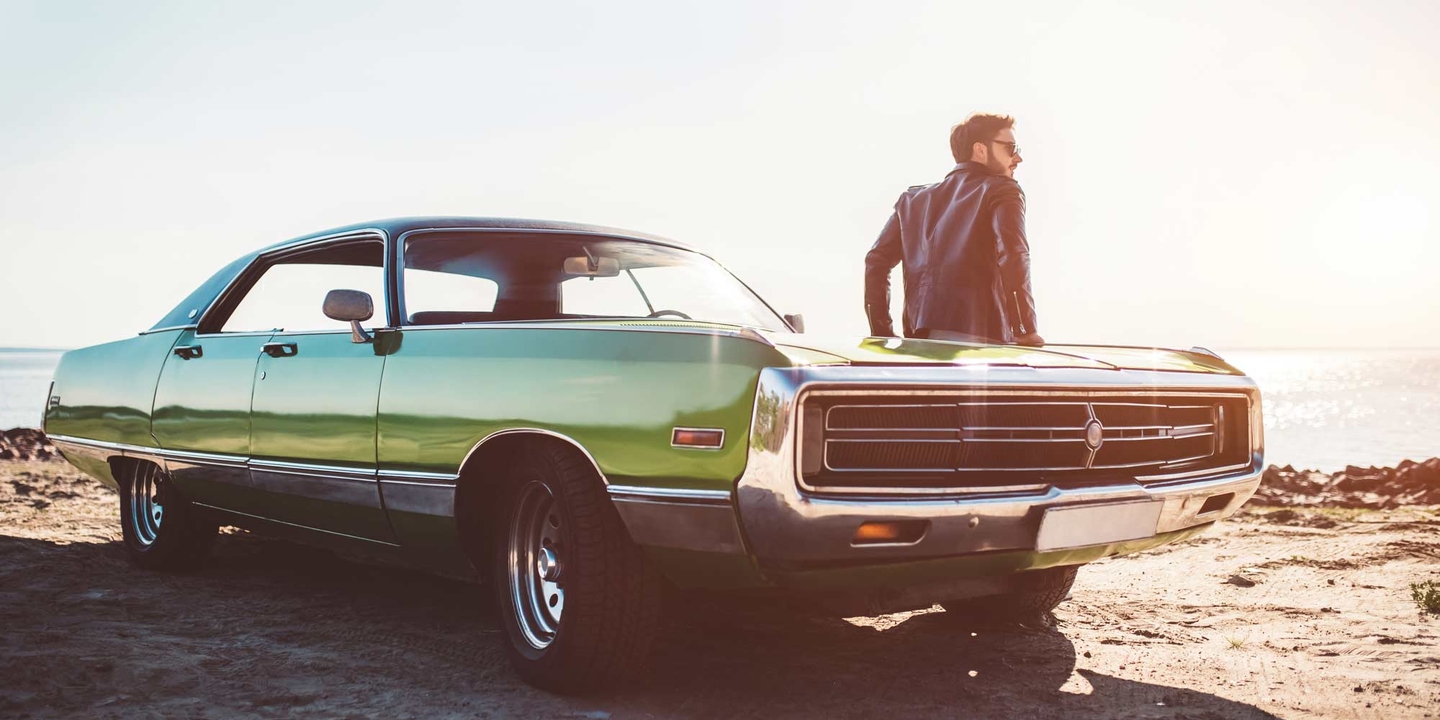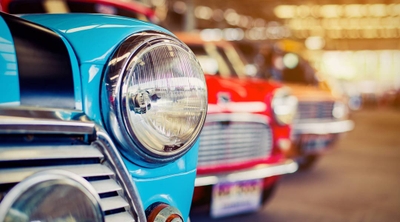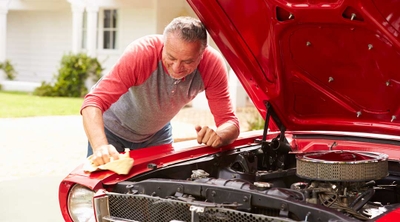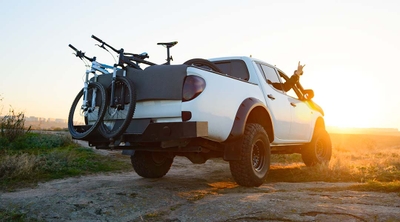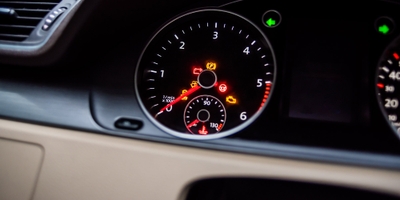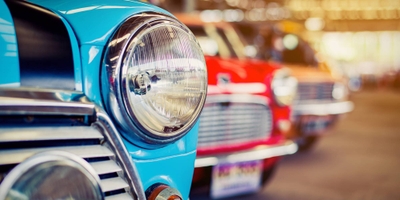What are the most reliable classic cars for daily driving?
3 min read
It’s fun to own a classic car, but it’s even more fun to own one that’s so reliable you can drive it daily. People often look to the Saab 900 Turbo, the Volvo P1800, and the Volkswagen Beetle as some of the most practical classic cars on the road. Sportier options like the Mazda Miata MX-5, the Ford Mustang, and the Chevy Corvette have also held their own over the long haul.
What makes a car a classic car?
A classic car is always an older car, but there are different definitions for how old a classic car must be before it can be considered a classic. Valuations for classic cars also vary widely. But for insurance purposes, if you drive your car daily, you need standard auto insurance. If you only drive it occasionally, consider classic car insurance.
What are the most reliable classic American cars?
Reliable American classic cars
Reliable classic cars are vehicles that can handle daily driving tasks and hold up well after years of use. Some models considered to be the most reliable include:
Plymouth Valiant: Produced from 1960-1976. Models in the second (1963-1966) and third (1967-1973) generations set and reset sales records. At one point, the Valiant was the world’s least expensive car with a V-8 engine. The engine itself was so reliable, it stayed in production for nearly 40 years.
Chevy Corvette: Eight design generations since 1953. If there’s one car that inspires dreams of open roads and the wind in your hair, it’s this one. The first generation wasn’t especially popular, but the second and third generations (1963-1967 and 1968-1982) solidified Corvette’s hold on the American imagination.
Ford Crown Victoria: Produced from 1992-2012 in two generations. From 1992-1997, the first generation is the one that garners the most attention. Police departments and taxicab fleets widely adopted variations on the original body styling.
Reliable classic import cars
You’ll likely see these three cars referenced in lists of classic import cars used for reliable daily driving:
Saab 900 Turbo: Produced from 1978-1998 in two generations. In 1981, Saab redesigned the engine and made it exceedingly durable. The “H-engine” was used on all subsequent models through 1993.
Volvo P1800: Coupe version produced from 1961-1972. In particular, the 1800S produced from 1963-1969 carries a reputation for longevity. These were the first P1800 cars built in Sweden — previous models had been built in England.
Volkswagen Beetle: Produced from 1938-2003. Arguably one of the most popular cars of all time, and certainly one of the best-selling ones, the Beetle experienced its boom from the late 1950s to the early 1970s. It’s beloved for both restoration and modification. Learn how insurance for modified cars works.
Reliable classic muscle cars
No list of these cars is ever going to be complete, so we’ve chosen a sample of three classic muscle cars that collectors also appreciate for daily driving:
Pontiac GTO: Produced for 11 model years, 1964-1974. The first-generation GTO, released from 1964-1967, is often credited as the car that popularized the concept of muscle cars.
Chevy Camaro: Produced in four generations from 1967-2002 and restarted in 2010. The “COPO” Camaro from 1969 is legendary, as a dealership used a loophole to order modifications to the standard Camaro that went beyond GM-approved performance limits.
Dodge Charger R/T: Produced in multiple generations and styles since 1966. For muscle car fans, the second generation (1968-1970) was one of the most influential, thanks to the addition of the Road/Track high-performance package.
Reliable classic sports cars
Sports cars are generally known for their high performance. But longevity is a different kind of performance altogether. Here are three cars that boast both:
Mazda MX-5: In production since 1989. More commonly known in America as the Miata, it’s the world’s bestselling two-seat convertible sports car. More than a million have been produced, and of those, more than 400,000 came from the first generation (1989-1997). Find out if convertibles cost more to insure.
Ford Mustang: Produced across six generations since the 1965 model year. Due to its enormous popularity, this iconic automobile essentially created the “pony car” market. When fans talk about this as a classic car, they usually talk about the first generation (1965-1973).
Porsche 911: Continuously produced since 1964. The first-generation Porsche 911 cars ran from 1964-1989 and are considered the “classic” Porsche 911. This first generation is the version collectors and other classic car enthusiasts reference when discussing it as a classic car.
Note: If you have a classic sports car that you drive regularly, learn about auto insurance for sports cars. If you only drive it occasionally, find out how classic car insurance works.
